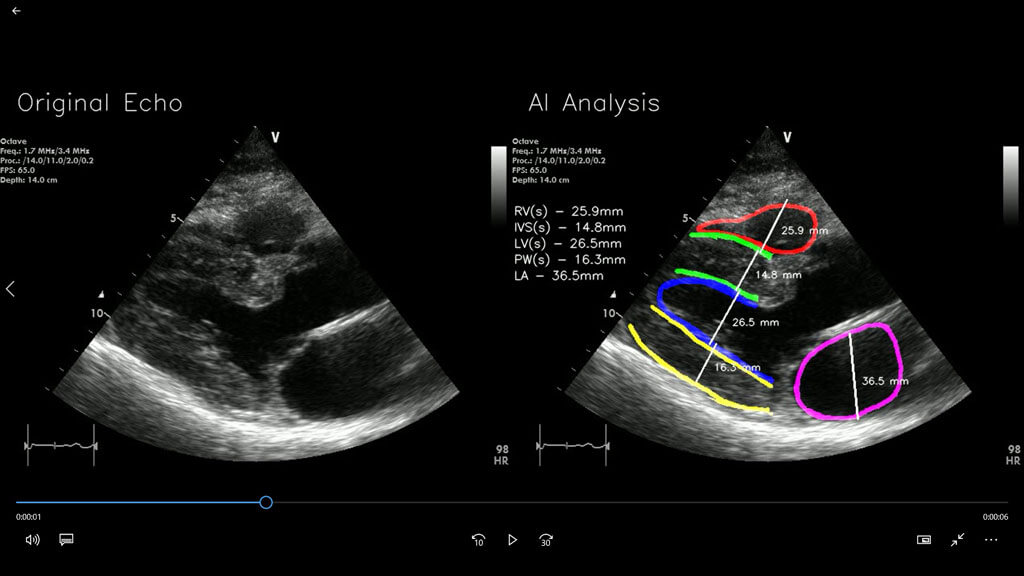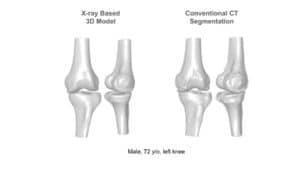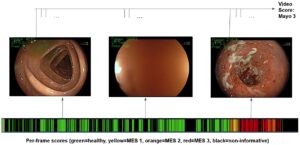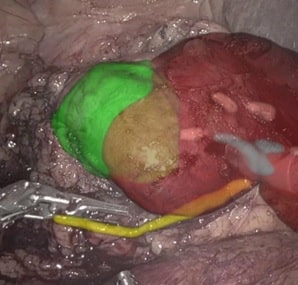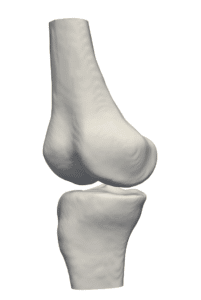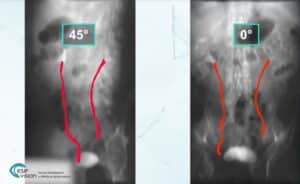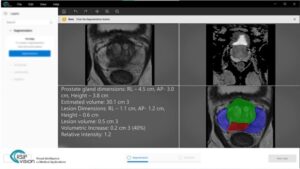New algorithmic module provides automated expert-level assessment of heart function for point-of-care medical teams enabling a quick and reliable detection of cardiac illness and heart attacks.
TEL AVIV, Israel & SAN JOSE, Calif., December 15, 2020 – RSIP Vision, an experienced leader in driving innovation for medical imaging through advanced AI and computer vision solutions, today announces a new medical ultrasound module. This new software module enables medical teams at various point-of-care settings to perform a heart evaluation quickly with high accuracy and receive an immediate, onsite diagnostic from the Parasternal Long Axis (PLAX) view. This new vendor-neutral technology will be available to third-party ultrasound manufacturers and medical devices vendors, allowing them an improved way to save lives and improve day-to day-clinical care.
“The use of ultrasound imaging plays a crucial role in the diagnosis and treatment of many pathologies,” said Ron Soferman, CEO at RSIP Vision. “Its wide availability at a relatively low cost, with no radiation considerations, makes it the preferred imaging modality across a number of clinical fields. We are pleased to introduce our new module that will aid in the immediate detection of cardiac pathologies. This technology will be useful in a variety of settings across the entire healthcare spectrum, including ER triage and intensive care units, to point-of-care settings and outpatient clinics.”
The new module from RSIP Vision improves point-of-care (POC) echocardiography, which uses sound waves to produce live images of the heart to monitor how it and its valves are functioning. There are several viewing techniques available for the heart and other areas of the body in order to obtain the best angle. For example, the PLAX view, which is an essential part of the point-of-care ultrasound (POCUS) protocol and the easy to acquire permits measurement of the LV size and function, allows evaluation of the valvular function and allows a solid assessment of the hearts overall function.
“We know the use of ultrasound is increasing the ability to quickly evaluate and care for patients with arrhythmias, chest pain and shortness of breath,” said Dr. Rabeeh Fares, radiologist; Department of Diagnostic Radiology, Sourasky Medical Center, Tel Aviv, Israel. “By using point-of-care ultrasonography, one can evaluate a patient’s ejection fraction (EF), how much blood the left ventricle pumps out with each contraction. This process, however, can be both subjective and dependent on the user’s experience. I believe this RSIP Vision innovative AI module will help medical teams make quick and accurate clinical decisions and lower the dependence on teams’ experience.”

